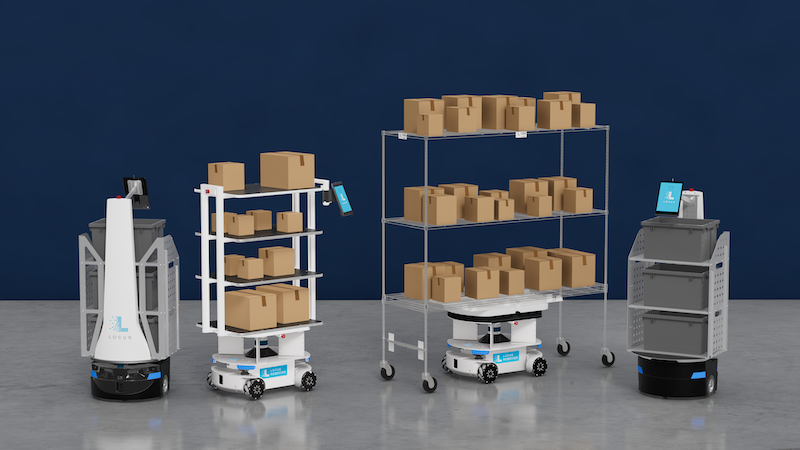Locus Robotics, a provider of AI-driven, mobile warehouse automation, has announced its “strongest growth” over the past two quarters, reflecting accelerating industry adoption of Physical AI, seamlessly fusing intelligent robotics and real-world execution.
Driven by surging implementations and faster time-to-value for customers, Locus Robotics says it recently “surpassed 6 billion picks worldwide”, with the last billion in just 24 weeks – the fastest pace in its history.
Rick Faulk, CEO of Locus Robotics, says: “Our growth is driven by our customers’ success. Retailers, 3PLs, and healthcare providers are seeing measurable impact faster than ever – scaling productivity in weeks, not months.
“Staples Canada, for example, hit one million picks just 70 days after going live, proving the immediate ROI our platform delivers.”
So far this year, Locus Robotics has seen 30-40 percent year-over-year volume growth, with throughput reaching 200-300 units picked per second – roughly 45 million picks per week. Locus Robotics is on track to hit 60 million per week during Q4 peak season.
In addition, deployments of incremental, peak-season bots have surged nearly 50 percent year-over-year, underscoring both the scale of adoption and customers’ increasing reliance on Locus Robotics highly flexible technology to handle demand spikes.
The 6 billionth pick was made at The Quality Group in Elsdorf, Germany. This site is Locus’s largest site in the EMEA region, where more than 350 LocusBots operate daily to fulfill customer orders.
Felix Köhler, project lead, Elsdorf site, The Quality Group, says: “Being part of Locus’s six-billion-pick milestone reflects how innovation and collaboration can drive real results.
“It’s a proud moment for our team and a testament to the performance we’ve achieved together.”
Technology and AI differentiation
At the core of this acceleration is LocusONE, the company’s advanced, AI-powered orchestration platform.
By analyzing billions of data points across robots and tasks, LocusONE continuously optimizes throughput, fleet productivity, and network efficiency, while lowering costs and delivering a better employee experience.
This intelligence enables customers to scale fluidly during high-demand periods (like “peak season”), seamlessly adapting to ongoing labor shortages, and bolstering overall resilience in the face of growing global supply chain pressures.

